Affiliate Disclosure: As an Amazon Associate I earn from qualifying purchases. Details
Solar-powered watches are some of the latest rages in the watch market. They are eco-friendly, come from reputable watchmakers, and offer the utmost convenience.
But for those who’ve never owned a solar watch, there are still quite a lot of questions that need answers. For example, how do the watches exactly power themselves, how long they last, and are they reliable?
This guide will answer all of these and many more questions regarding solar watches. We will also look into the various solar technologies, including Citizen Eco-Drive, Seiko Solar, and Casio Tough Solar.
Also, make sure to check our list of the best solar-powered watches currently available.
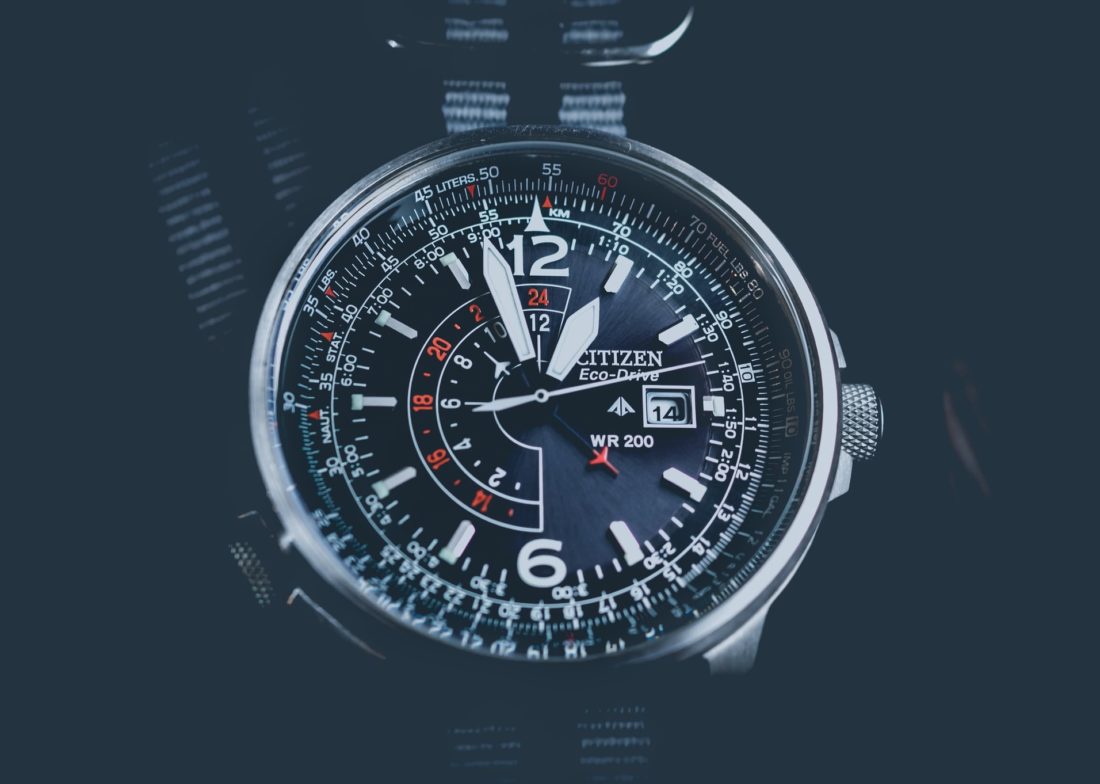
What Is a Solar Watch?
But first off, what exactly is a solar watch?
A solar watch is a timepiece that uses light energy to power its movement. The watch has a small solar panel on the face that absorbs sunlight and artificial light and converts it into electrical energy. As a result, this energy is used to power the watch movement and keep it running.
There are two types of movements where solar power features – quartz and lithium-ion battery-powered mechanisms. For obvious reasons, you’ll not find it from mechanical movements.
The first solar watches emerged already in the 1970s, right after the Quartz Revolution. However, they remained as luxury accessories for the best part of the following decades because of their high manufacturing costs and somewhat primitive construction.
But when Citizen introduced Eco-Drive solar technology in 1995, where the solar panel was virtually invisible behind the dial instead of being recognizable and glaring, the popularity of solar watches took off.
Today, several watch manufacturers besides Citizen employ solar technology, including Seiko, Casio, Timex, and Garmin.
We’ll get to each one of them and their technologies in more detail later in our post. But before, let’s peek into the working mechanism of solar watches more closely.
How Do Solar Watches Work?
To be fair, the working mechanism of solar-powered watches is pretty simple. It doesn’t have any significant prerequisites besides the need to be presented to some sort of light.
Therefore, everything starts from light, be it natural or artificial.
When the light hits the watch, the miniature solar cell behind the crystal absorbs it and converts it into electrical energy, which eventually powers the watch.
However, in order for the watch not to stop when there’s no light, the mechanism also includes a rechargeable cell. Therefore, the energy that the watch receives but doesn’t need straightaway is stored in that cell and is used in low-light conditions.
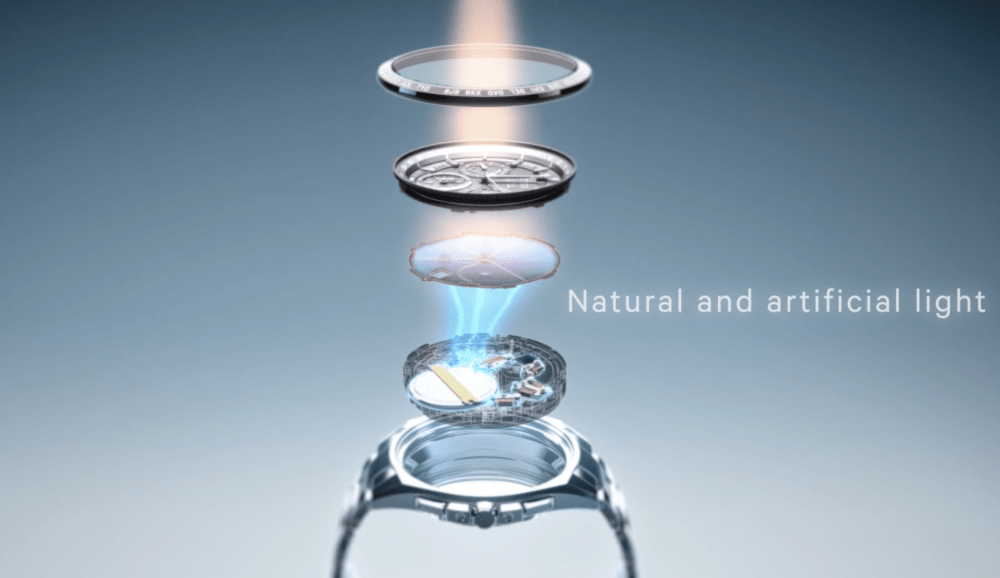
So, solar watches do come with batteries, just like quartz watches. However, the batteries are not disposable but can be recharged over and over again.
The fact that the batteries don’t require replacement after every two to three years means the ecological footprint of solar watches is much lower compared to quartz watches. That is also one of the reasons the watches are so appreciated.
But how long can you expect your solar watch to last?
How Long Do Solar Watches Last?
There are two answers to that question – one is for the length of charge and the other for the lifetime of the rechargeable cell.
When it comes to power reserve, a solar watch can run six to twelve months when fully charged, depending on the technology. It means you can leave the watch in the drawer and still expect it to function after several months.
However, the overall lifetime of solar watches is not that straightforward.
One of the misconceptions of solar watches is that they never require battery replacements. In its straightest meaning, they don’t as the mechanism doesn’t employ disposable batteries but rechargeable cells instead.
However, the rechargeable cells aren’t immortal – they inevitably wear out at one point due to chemical and physical reactions. Fortunately, the lifetime of the cells is still pretty impressive, stretching from 10-15 years (Casio and Seiko) to a whopping 20-40 years (Citizen Eco-Drive).
Therefore, if your solar watch lasts you decades, you most probably would have to replace the rechargeable cell at one point. The good news is that the cell costs no more than $20-$30.
How To Charge Solar-Powered Watches?
The best thing about a solar watch is that it charges naturally from the light while on the wrist. Therefore, if you spend a decent amount of your daytime outdoors, you don’t have to worry much about charging.

However, if you’re more of an indoor person that rarely goes out, or you have kept the watch in the dark for too long, the watch may need a charge.
You will be notified of the insufficient energy level through a power reserve indicator, which is typically displayed either on one of the subdials or via the second hand (skips seconds).
If the watch has stopped or runs low on energy, just place the watch by the window with the dial facing the sun. It is the fastest way to charge as it takes no more than a couple of minutes of direct sunlight to get the watch energized for one day.
You can also use artificial light, such as the fluorescent lamp. It doesn’t charge as quickly as the sunlight but helps for a quick fix. To get the watch charged for one day, place it as close to the lamp as possible for about an hour.
Following, you’ll find the approximate illuminance levels in various lightings:
Direct sunlight: 100,000 lx
Cloudy daylight: 10,000 lx
2in (5cm) from a 30W fluorescent lamp: 10,000 lx
8in (20cm) from a 30W fluorescent lamp: 3,000 lx
General office lighting: 700 lx
Therefore, the best way to keep your solar watch always charged is to wear it often, especially if you go outside. It’s as simple as that.
Are Solar Watches Reliable?
The solar technologies that wristwatches employ are all highly reliable.
Since the timekeeping of solar watches is conducted by a quartz movement, you can expect excellent accuracy that doesn’t deviate more than 15 seconds per month. And, as we know, quartz calibers are the most reliable watch movements available.
Also, let’s not forget the fact that any light that hits the watch charges the battery – there’s no need for special chargers or frequent exposure to sunlight. Once the watch is energized and you wear it frequently, it keeps ticking for months while spontaneously receiving additional light energy, compensating for lost energy.
Another factor that makes solar watches appreciated is the possibility to add various reliable features. One of the most highly-coveted additions has been atomic timekeeping. What it offers is an atomic-precision time through radio waves throughout the watch’s lifetime.
You can read more about solar atomic watches from our in-depth article.
Moreover, what ensures the reliability of solar watches is the list of household brands producing them. The likes of Citizen, Seiko, and Casio are all world-famous manufacturers known for their durable timepieces.
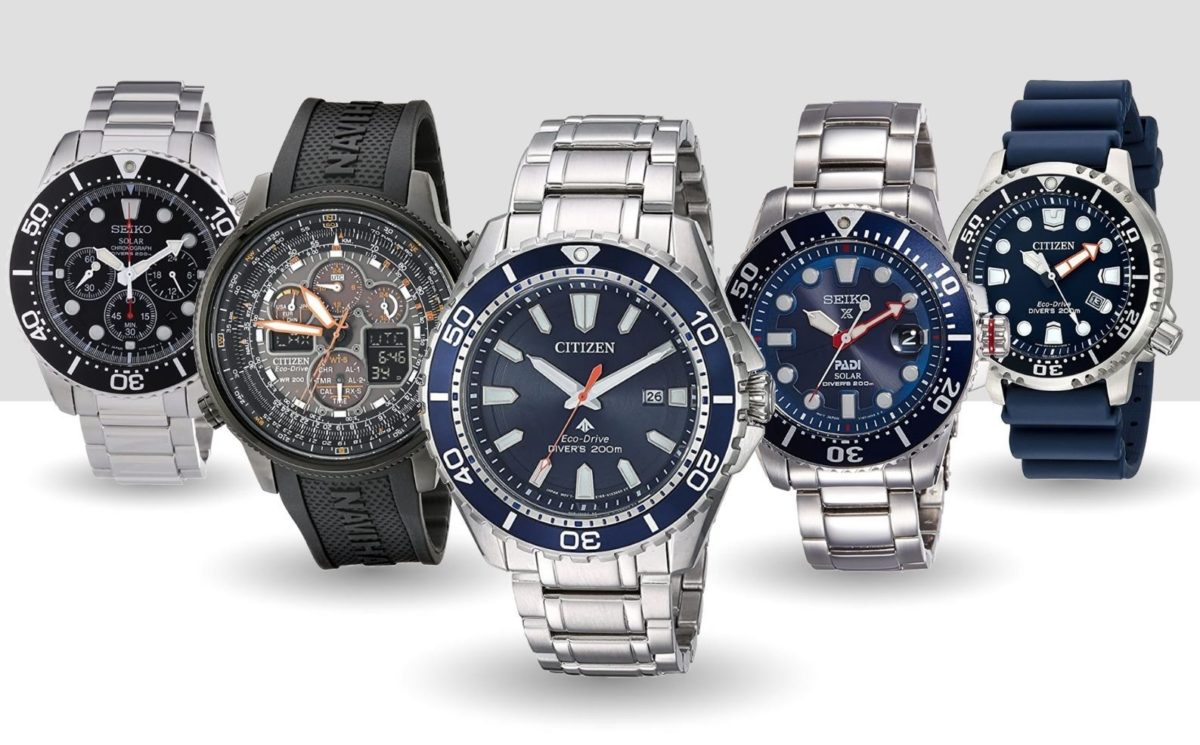
And even Garmin, the high-profile manufacturer of GPS outdoor and sports watches, has started to offer solar-powered timepieces from 2020, providing extended longevity to an already decent battery life of its smartwatches.
Therefore, buying a solar-powered watch guarantees a timepiece from a well-respected producer with highly reliable technology.
Solar Technologies
The solar technologies employed by watch manufacturers are pretty similar and don’t differ much from each other. So, if you buy, for example, a Citizen Eco-Drive watch and a Seiko Solar watch, you won’t notice the difference in the technologies.
However, despite the similarities, there are still some specifications and characteristics that are different.
Citizen Eco-Drive
Citizen introduced contemporary solar-powered Eco-Drive watches in 1995. It is the most famous and popular solar technology in the world. In fact, more than 80% of Citizen watches are equipped with it, which says it all about the quality levels of Eco-Drive.
The technology ensures a 6-month power reserve once fully charged. It takes 11 hours of direct sunlight to get it charged for six months, 40 hours on a cloudy day, and 130 hours under a 30W fluorescent light at a distance of 8 inches.
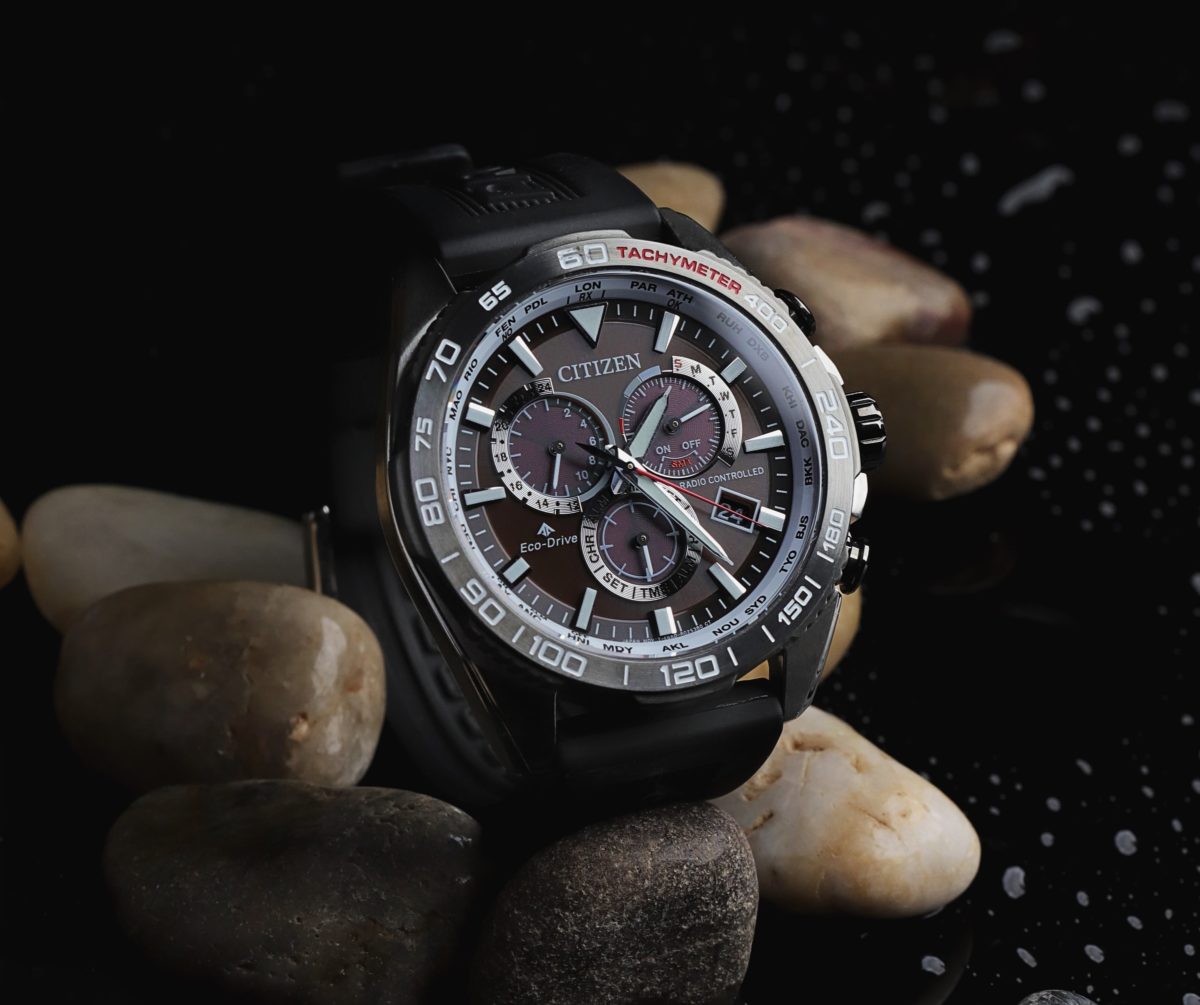
The rechargeable cells (secondary cells) have a long lifetime. When the older versions function perfectly for up to 20 years, the newer batteries will last up to an exceptional 40 years. It means that everything else is more likely to give up than the secondary cell.
You can refer to our list of the top Citizen watches to have a look at the various Eco-Drive watches.
Seiko Solar
When Citizen introduced the world’s first analog solar quartz watch in 1976, then Seiko came out with its version a year later in 1977. Again, similar to Citizen, the broader selection of contemporary solar watches became available in the 1990s.
Compared to Citizen, Seiko is more concentrated on automatic watches. As a result, you’ll not find as broad a selection of solar watches as with Citizen. Regardless, there are still a plethora of light-powered timepieces in various styles and for numerous occasions.
Unlike Eco-Drive, Seiko Solar doesn’t have standard specifications for power reserves and charging times. Instead, they differ from caliber to caliber.
As such, you’ll find solar watches that have a 6-month power reserve, as well as timepieces with a 2-month and a 12-month reserve.
The charging times are also different when one takes only 2 hours for a full charge in direct sunlight, while the other takes 10 hours.
You can check the specifications of different solar calibers here.
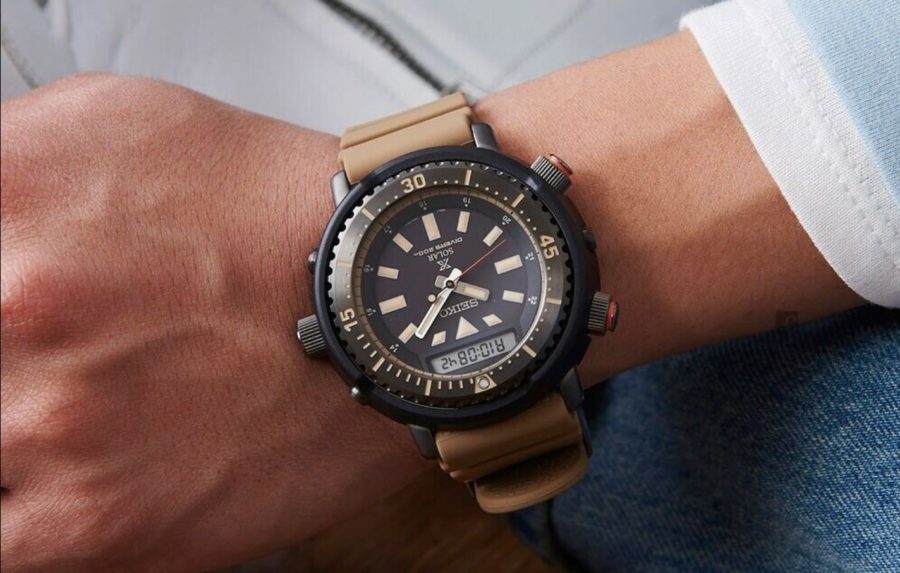
When it comes to the rechargeable cell’s lifetime, Seiko has stated it lasts a minimum of 10 years. So, in reality, you can expect it to last anywhere between 10-15 years before it needs a replacement.
Feel free to visit our shortlist of the best Seiko watches, where several light-powered timepieces are represented.
Casio Tough Solar
The third widely available source of solar-powered watches comes from Casio. The brand has named the technology Tough Solar, implying the ultra-durable construction of Casio watches.
The power reserve of Casio solar watches depends on the use of various functions, but it stays mostly around six months.
Several timepieces also feature a power save mode, which enables the watch to be “put to sleep” for up to two years. However, it also means you can’t use the watch during that time. So, the practicality of this particular feature isn’t anything spectacular, to be fair.
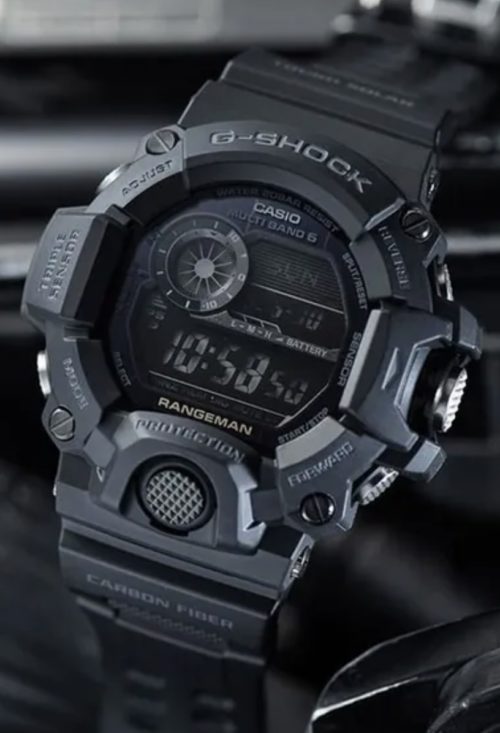
The charging times vary from caliber to caliber and are similar to those of Seiko Solar.
Regarding the rechargeable cell’s longevity, Casio ensures a minimum of 10 years. However, you can expect it to last for 10-15 years under normal use without any concerns.
Other Brands With Solar Watches
Besides Citizen, Seiko, and Casio, you’ll find several other manufacturers with solar power.
Timex – the American brand offers a small selection of solar-powered field watches with a 2 to 4-month power reserve. These timepieces are some of the most affordable solar watches, costing well below the $200 mark.
Bering – similar to Timex, this brand offers a limited selection of solar watches, mainly in the dress category. However, the power reserve is much bigger, reaching 6 to 12 months when fully charged.
Tissot – this Swiss brand offers hybrid smartwatches called Connect Solar. These watches can be switched between analog and smartwatch modes and come with a power reserve of up to 6 months. However, in smartwatch mode and when using GPS and Bluetooth heavily, the battery life is, of course, much shorter, and the watch may need a cable charge.
Garmin – this outdoor watch manufacturer has coupled some of its lithium-ion batteries with solar power, extending the battery life significantly in various modes.
However, Garmin watches are still smartwatches, which means the battery life doesn’t stretch into months but weeks (and even hours with power-hungry features). Therefore, you still need to charge these watches with a USB cable every once in a while.
In Conclusion
So, what to make of solar-powered watches?
First off, they are incredibly reliable for several reasons – the technology is almost foolproof, the watches are manufactured by well-respected brands, they are accurate, and they last decades.
Secondly, solar watches don’t require charging when frequently worn. This is because the system absorbs all sorts of light, from direct sunlight to fluorescent light. Moreover, it also means you don’t have to worry about battery replacements because of the cell that allows charging over and over again.
And topping the already excellent characteristics of these watches is the fact that solar timepieces are affordable, with the average price staying between $300 and $500.
In conclusion, solar-powered watches are among the best (if not the best) types of watches currently available.
You may also like:
Affiliate Disclosure: As an Amazon Associate I earn from qualifying purchases. Details
- CIGA Design Blue Planet Gilding Watch: The Best Conversation Starter Around? - April 2, 2023
- CIGA Design X-Series Review: The Most Skeleton for the Money? - July 7, 2022
- What Is A Dive Watch? A Complete Guide - May 17, 2022

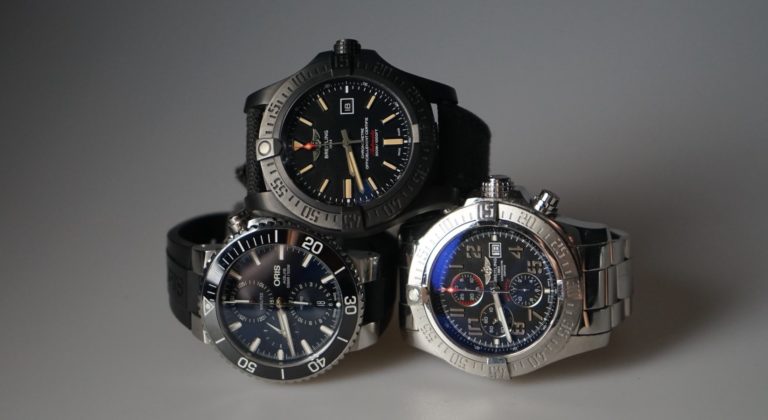
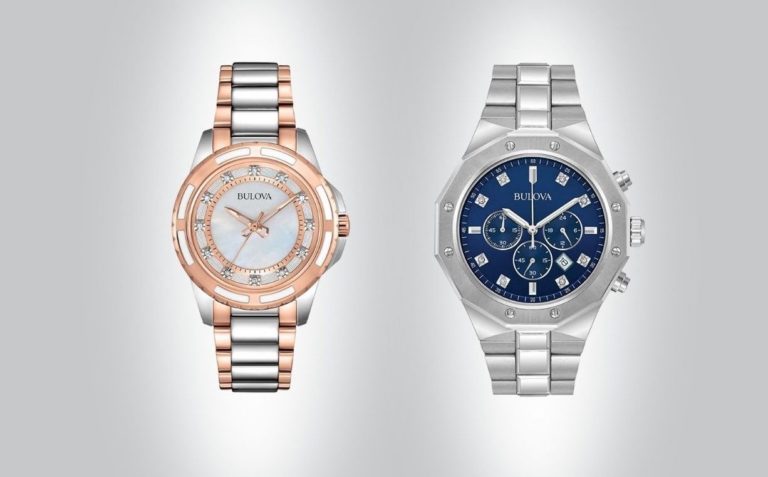
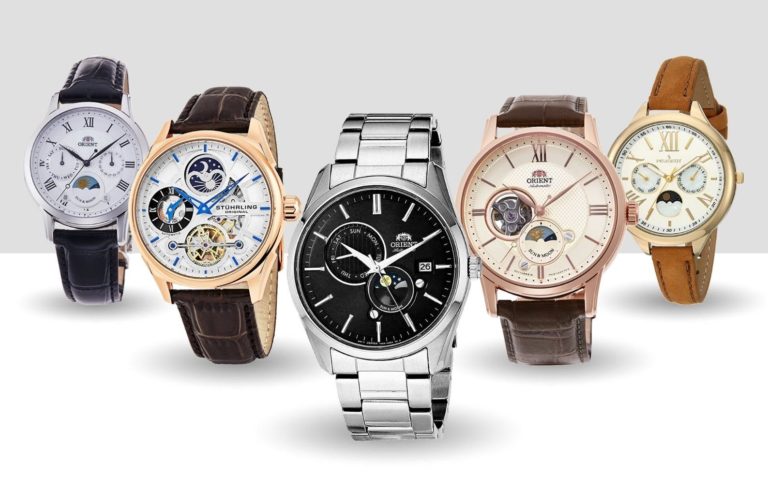
First Rule of Solar watches: NEVER leave them in a drawer. Running them down to where they hibernate, repeatedly, is what does damage the energy cell. It’s not a battery as much as a rechargeable power storage cell – solars can use sun power directly.
I have four on my dresser for over 18 months, none in direct sunlight and all still function well. Three arrived in power saving mode ticking off two seconds at a time due to inadequate lighting. They came back up to speed quickly.
Citizen solar power cells are said to lose just a percent of storage a year, after twenty years thats still an 80% power charge and instead of 180 days minimum reserve, it’s 144 days – I have one nearly that old and its still running less than 45 seconds fast a year, as do all of the quartz I have. The one auto I kept runs two minutes a week fast, requiring a weekly correction – and that is the #1 cause of damage to them, a broken stem. I no longer buy them since makers will not spend a bit more time to electronically measure them and sell the accurately running. Seiko is the most mentioned maker doing that.
A quartz solar perpetual calendar is likely the least fussy watch someone can own – you can hack the seconds once a year to correct, and that’s it – the calendars stay in sync every month with no fuss, including Leap Day. It took me to March 2d to pay attention mine had. It could stay that way until the next Leap Day we don’t use, which is sometime in this century.